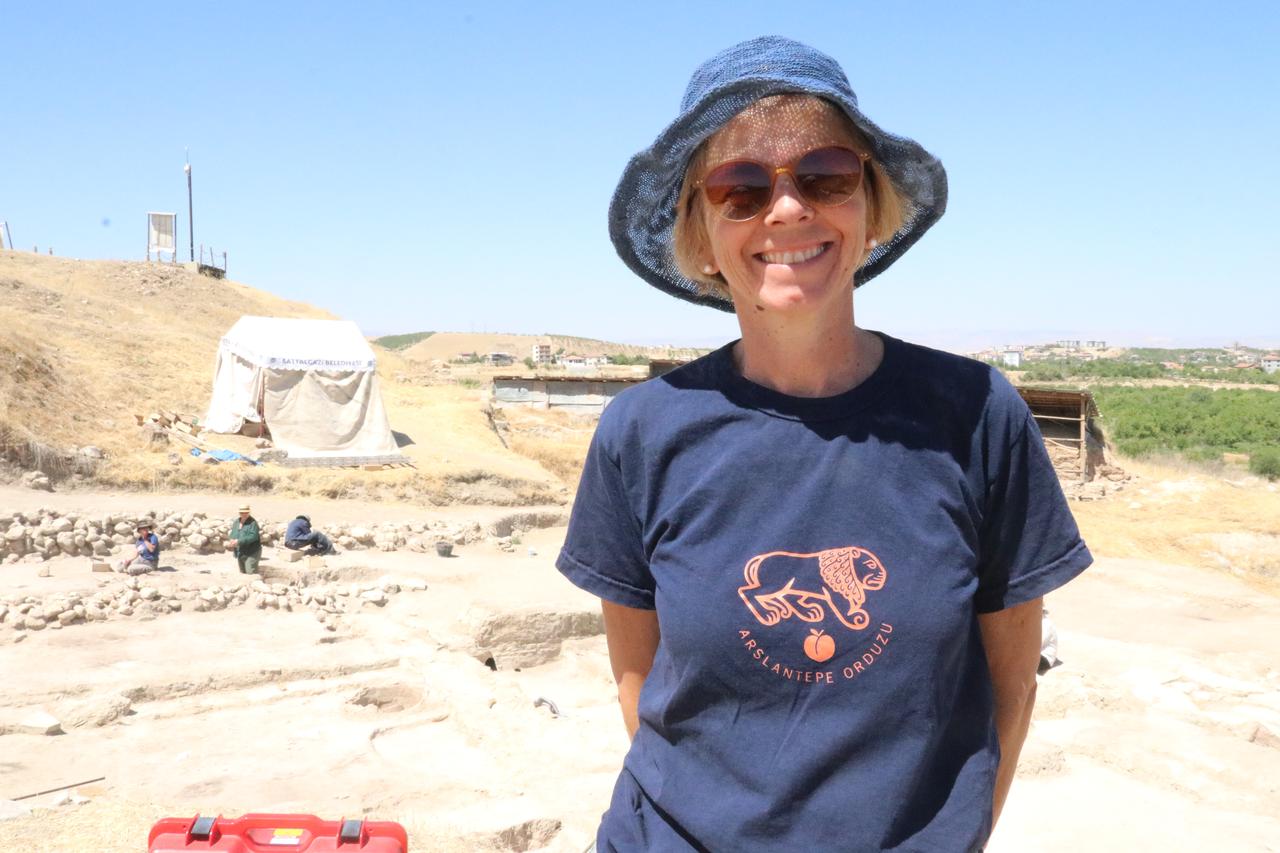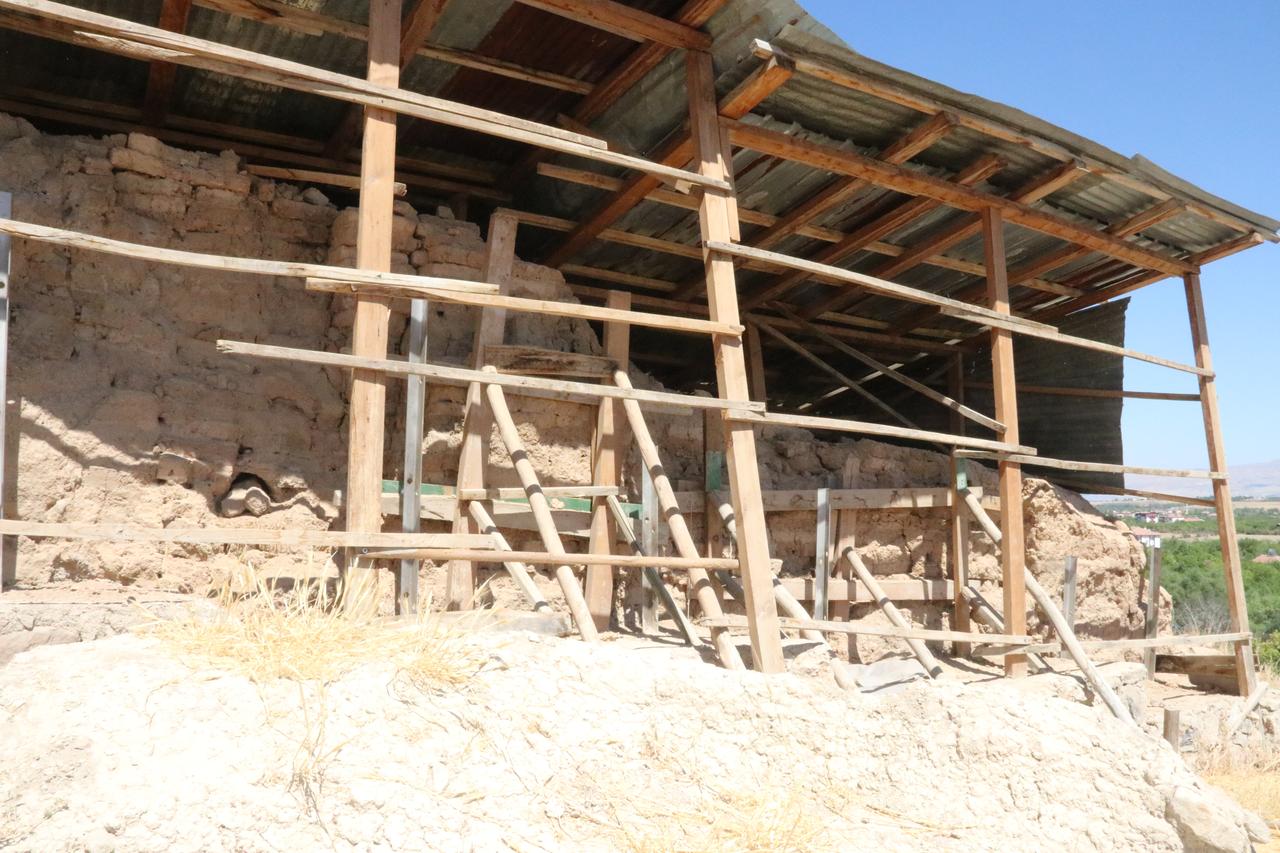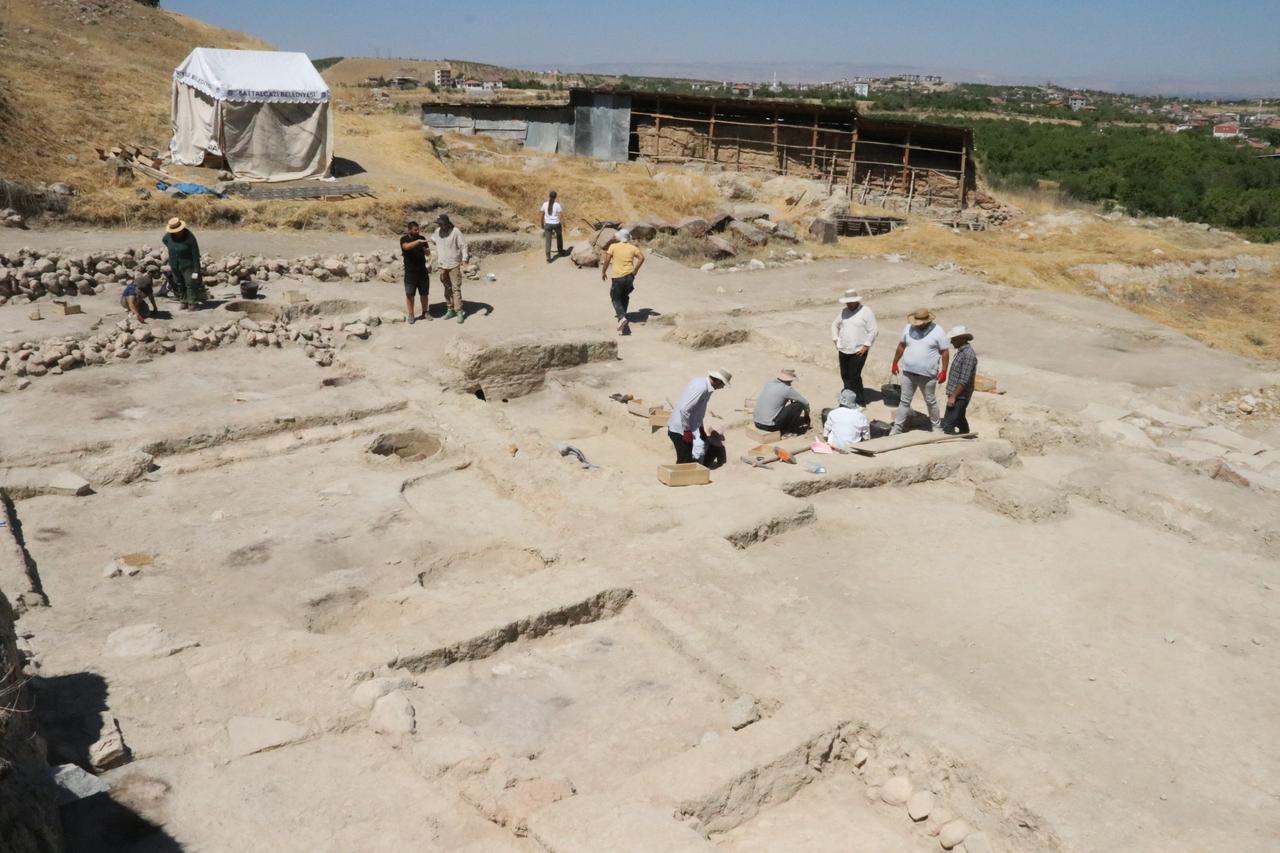
Restoration is pushing ahead on Late Hittite-era walls at Arslantepe Mound, a 7,000-year-old UNESCO World Heritage site in eastern Türkiye’s Malatya province, after the 2023 earthquakes damaged the fortifications.
The work runs in tandem with fresh excavations that are opening up new insights into the city’s architecture and defenses.

Professor Francesca Balossi Restelli, who leads the excavation team, said the quakes left sections of the walls damaged and that “we had no choice but to carry out restoration work.”
Crews laid stone foundations last year and are now rebuilding with new mudbricks made and laid using traditional techniques that match the original construction.

Restelli noted that digging began about three weeks ago and continues in the northern, western, and southern areas of the site.
In the north, the team is “excavating a large public building dated to around 1,000 B.C.,” describing thick mudbrick walls covered in white plaster that are remarkably well preserved.
Excavations there have gone over a meter deep without yet reaching the floor.
Clean soil and few pottery finds suggest the building was deliberately filled in during the Late Hittite period, a significant but not yet fully understood discovery.

In the western area, archaeologists are focusing on layers from the Late Chalcolithic 2 period.
They are uncovering small mudbrick houses with courtyards—typically two-roomed structures—with a large amount of pottery recorded in this zone.
Excavations in the southern section target layers from the Early Bronze Age. The team has found houses and various artifacts, including a hearth.
Although some remains were affected by being close to the surface, ceramics and other materials help date these finds to around 1,800 B.C.

Restelli underlined Arslantepe’s political importance, saying the site served as a capital in the Late Hittite period.
“The king of Melid resided here,” she said, adding that, as in other Hittite cities, a city wall enclosed the area that housed the king and administrators.
The gate faced north toward the Euphrates River, reflecting the kingdom’s border in that direction.
Red mudbrick fortification walls discovered in previous seasons also date to this period and formed part of the city’s outer defenses.